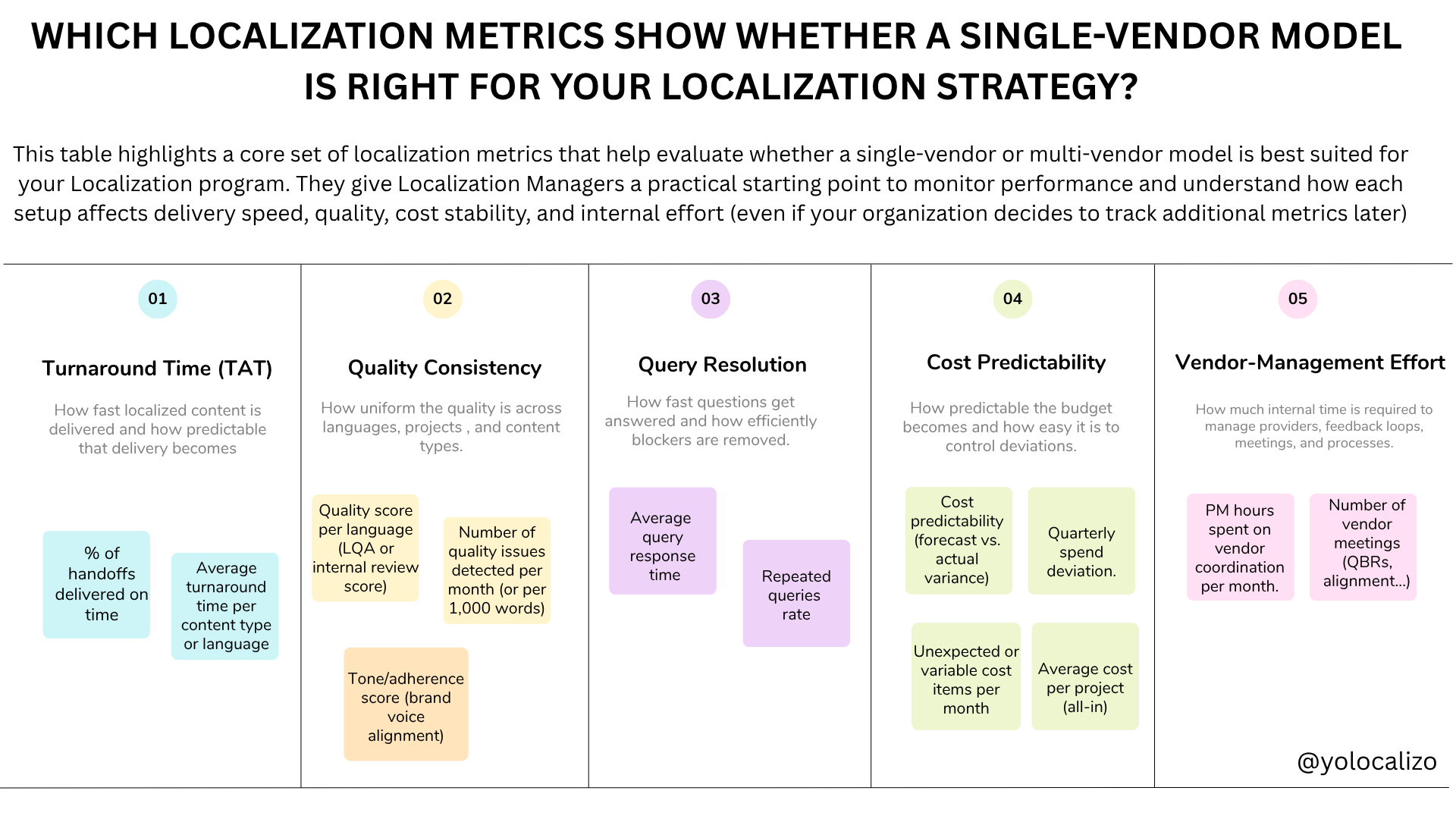CMS and TMS .. .Twins part 2 (The END)
Welcome to this second part of my post about Twins! We continue our trip to understand what it is and how a CMS and a TMS work. In part I (here) I focused on talking about the differences and characteristics of both tools. In this second part, I want to talk about the workflow and its integration.
The typical workflow that we can find in a CMS / TMS content creation environment is the one that I created in the following graph.
Everything starts with the content creation, in this specific example I chose a game as content creation, but the flow is quite similar independently if we are creating content for a web page, software app or a new level for a game.
Create content
In this first step content, creators write the content either in a proprietary tool to create content or directly in the CMS.
Storage
Once the content is created, it is stored and maintained in the CMS. The interesting part in the Storage step it's that we have the API to enable CMS connectivity with the TMS. The reason to do this is to provide automation capabilities to our translation partner. Once the CMS-TMS is integrated via API, we are ready for automated file transfer, and this leads to having the translators working in a translation productivity platform. And that's a good place to be! Because then this 6-magic benefits can happen
1. We are able to get Translation Memories (TM) for central secure storage
2. We get On-line glossary management
3. We can perform file analysis to prepare invoices/budget forecast
4. We get machine Translation (MT) capabilities
5. We can access to assets transfer protocol enable (TMX, XLIFF)
6. We can use localization QA Tools such as:
- Terminology consistency
- Spelling
- Missing fonts
- UI truncations
API
This little piece of software is the key in this whole framework, well designed and connected we will have an amazing framework where we will publish content at an amazing speed. On the contrary, if the integration of the API is not completely successful, we will have many problems, from keys in certain languages that do not synchronize well with our TMS to failures to publish content in other languages. So if the API is important, what characteristics should our API meet so that it becomes our best ally instead of our worst nightmare? In my opinion, the following characteristics are fundamental
1. Seamless integration
-ability to send content back and forth multiple times with version control
2. Security
-a layer to protect the data/files we are translating is crucial
3. Workflow/API customization
-the workflow might be different depending on the type of content we are translating. For example, FAQ reference file has a different workflow than in-game content. FAQ reference file might have gone from content creator to CMS and then machine translation + post editing. This flow is different from in-game content that involves human translation + glossary / terminology alignment + review. Since the workflow is different depending on our content, the API needs to be customizable
TRANSLATE
The latest step in our workflow is the translation phase. In this step, our team of translators, or freelancers or our LSP work in the different files in the different languages to build bridges between cultures. Once the translator has finished the translation of the API connecting CMS and TMS makes possible the seamless integration I mentioned earlier and the content is ready in multilingual languages.
Before finishing this post one additional piece of info.
Nimzdi has created a very impressive list of tools in our industry. In this very well designed and informative research project, they came up with a summary of tools we might use to cover our translation needs. Of course in this infographic, there's a section summarizing TMS tools. Kudos to Nimzdi team for this great summary of tools! Well done guys!
I'm getting to the end of this post, what started as a small tribute to the movie starring Arnie and DeVito has ended up being a post about technology in the world of translation, I hope this post has served the purpose that I started last week; explain that a CMS and a TMS are similar in name, but different, similar to Twins movie in which the tagline was "only their mother can tell the difference" ...
I hope now we all can tell the difference between the CMS and the TMS, the 2 twins of our Localization industry
Have a great week!
@yolocalizo














This feels like a pivotal moment. Localization teams are being asked to support more markets, move faster, use AI responsibly, and show impact, not just output. Expectations are higher than ever, but many teams are still trained mainly for execution. We are strong at delivering localization work, yet we often struggle to move from output to outcome and to clearly explain the impact of what we do.